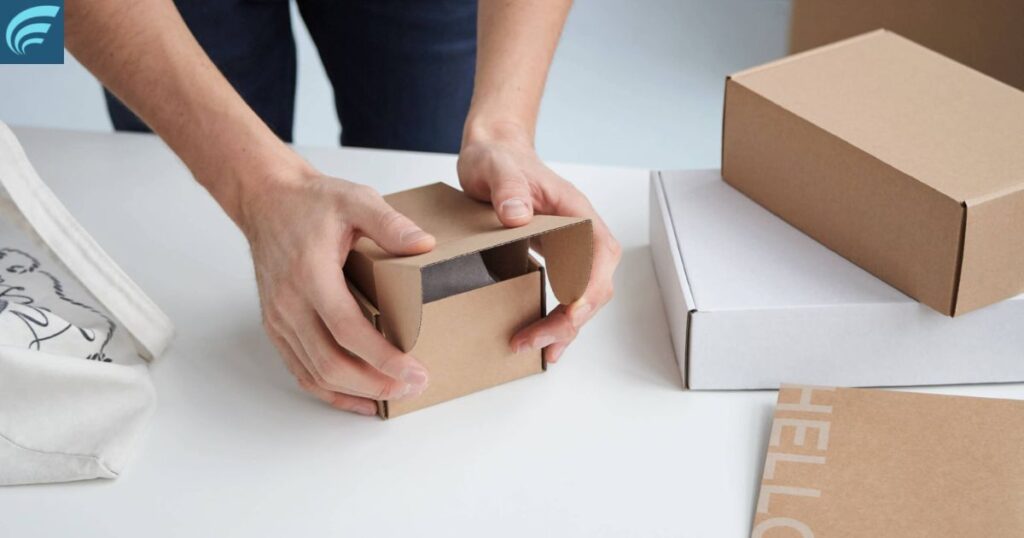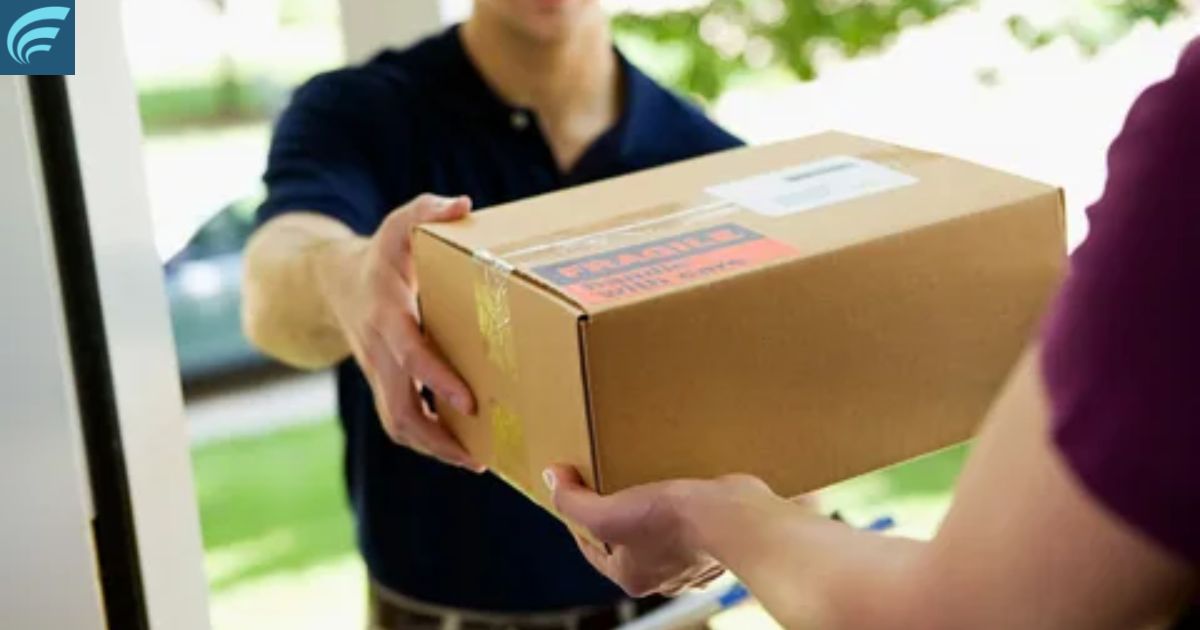If you’re a gaming enthusiast, you probably understand the joy of upgrading your graphics card. Whether you’re replacing an older model or selling it to someone who’s in need, one critical aspect you must master is how to ship a graphics card safely and securely.
Graphics cards are delicate components, and mishandling them during shipping can lead to costly damages. In this article, we will guide you through the process of safely packaging and shipping a graphics card to ensure it reaches its destination in perfect condition.
Before we delve into the step by step guide. It’s essential to understand why proper packaging is crucial when shipping a graphics card. Graphics cards are intricate devices with sensitive components such as the GPU and VRAM. They can be easily damaged by physical shocks, static electricity, or extreme temperature variations. Therefore, taking the time to package your graphics card correctly is essential to prevent any potential damage during transit.
Gather Your Materials
To get started, you’ll need a few essential materials. Make sure you have the following items ready:
- Anti-static bag: This bag will protect the graphics card from static electricity.
- Bubble wrap or foam padding: This will provide additional protection against physical shocks.
- Cardboard box: Select a sturdy and appropriately sized box to hold the graphics card securely.
- Packing peanuts or paper: These materials will help cushion the graphics card within the box.
- Packing tape: Use strong packing tape to seal the box securely.
Preparing the Graphics Card
Before you place the graphics card in the packaging, follow these steps:
Ground Yourself:
To prevent static electricity from damaging the card, ground yourself by touching a metal surface or using an anti-static wrist strap.
Place in an Anti Static Bag:
Carefully insert the graphics card into the anti-static bag. Seal the bag securely.
Wrap with Bubble Wrap or Foam:
Next, wrap the anti static bag with bubble wrap or foam padding to provide an extra layer of protection.
Packaging the Graphics Card

Now that you’ve prepared the graphics card, let’s proceed with packaging it for shipping:
Prepare the Cardboard Box:
Fill the bottom of the cardboard box with packing peanuts or crumpled paper to create a cushion.
- Place the Graphics Card: Gently place the wrapped graphics card in the box on top of the cushioning material.
- Add More Cushioning: Surround the graphics card with additional packing peanuts or paper to ensure it doesn’t move within the box.
- Seal the Box: Once the card is securely placed, seal the box with packing tape. Make sure it’s tightly sealed to prevent any movement during transit.
Labelling and Shipping
The final step involves labelling the package and sending it off to its destination.
Labelling:
Clearly label the box as Fragile and Handle with Care. Also, include the sender and receiver’s addresses, as well as contact information.
Shipping Service:
Choose a reputable shipping service that offers insurance and tracking options to ensure the safe delivery of your graphics card.
Shipping a graphics card without its original box can be done safely and securely if you follow some essential steps. Here’s a guide on how to do it:
Anti-Static Bag:
The most crucial aspect of shipping a graphics card is to protect it from electrostatic discharge (ESD). ESD can damage sensitive electronic components. Place the graphics card in an anti-static bag. These bags are designed to prevent static electricity from building up on the card.
Padding:
Use appropriate padding materials to protect the graphics card from physical damage during transit. You can use bubble wrap, foam, or even crumpled newspaper. Wrap the graphics card carefully, ensuring it is snug but not too tight. Pay special attention to the exposed connectors.
Secure Packaging:
Choose a sturdy cardboard box that can accommodate the graphics card and the padding materials. Place the wrapped graphics card inside the box. Make sure it fits snugly to prevent movement during shipping.
Fill Empty Spaces:
Fill any remaining empty spaces in the box with additional padding material, like packing peanuts or more bubble wrap. The goal is to prevent the graphics card from shifting around inside the box.
Seal the Box:
Seal the box with strong packaging tape to ensure it doesn’t open during shipping. Use clear Fragile tape if you have it to alert handlers to the delicate contents.
Labeling:
Clearly label the box as fragile and indicate which side should face up. Additionally, write Electronic Component Handle with Care on the box. Include both the sender’s and recipient’s addresses, contact information, and any tracking information if available.
Insure the shipment:
If the Graphics Card Comes With Cables and is valuable, consider purchasing shipping insurance to protect against damage or loss during transit. Most courier services offer this option for a fee.
Select a reliable carrier:
Choose a reputable courier service with a good track record for handling delicate items. Ask about their handling procedures and if they offer any special care for fragile packages.
Delivery Confirmation:
If possible, opt for a delivery confirmation service so you can track the shipment’s progress and know when it’s been delivered.
Additional Precautions:
If you’re particularly concerned about the card’s safety, you might consider placing the graphics card box in another box with extra padding for an added layer of protection.
Remember that it’s essential to take ESD precautions throughout the process, as even a small static shock can damage the graphics card. Handle the card on a non-static surface, avoid wearing static-prone clothing, and ground yourself before touching the card by touching a grounded metal object.
Additional precautions are important for safety. Here’s a simple table illustrating some suitable precautions:
| Precaution | Description |
|---|---|
| Anti-static bags | Use these to protect sensitive components. |
| Padding | Ensure ample cushioning for safe transport. |
| Tracking | Keep a record of the shipment’s progress. |
| Insurance | Consider insuring valuable graphics cards. |
| Fragile label | Mark the package to indicate its delicacy. |
By following these steps, you can safely ship a graphics card without its original box, minimizing the risk of damage during transit.
FAQs
How to safely ship a graphics card?
To safely ship a graphics card, pack it securely in an anti-static bag and cushion it with ample padding in a sturdy box.
Is it safe to ship graphics card?
Yes, it is safe to ship a graphics card if it’s properly packaged and handled carefully.
How to ship a graphics card for RMA?
To ship a graphics card for RMA, contact the manufacturer for instructions and use their provided shipping label.
Can graphics cards be tracked?
Yes, graphics cards can be tracked using unique serial numbers or tracking software.
Conclusion
In conclusion, knowing how to ship a graphics card is vital for a successful sale and a satisfied buyer. Proper packaging and choosing a reliable shipping method ensure your valuable hardware reaches its destination intact. Remember to remove any sensitive data and provide tracking information for peace of mind.
Offering insurance is a smart choice to safeguard against potential damage during transit. Communication with the buyer and prompt shipping play key roles in building a positive reputation. By following these steps and best practices, you can confidently navigate the process of shipping a graphics card, making it a seamless experience for both you and the recipient.











